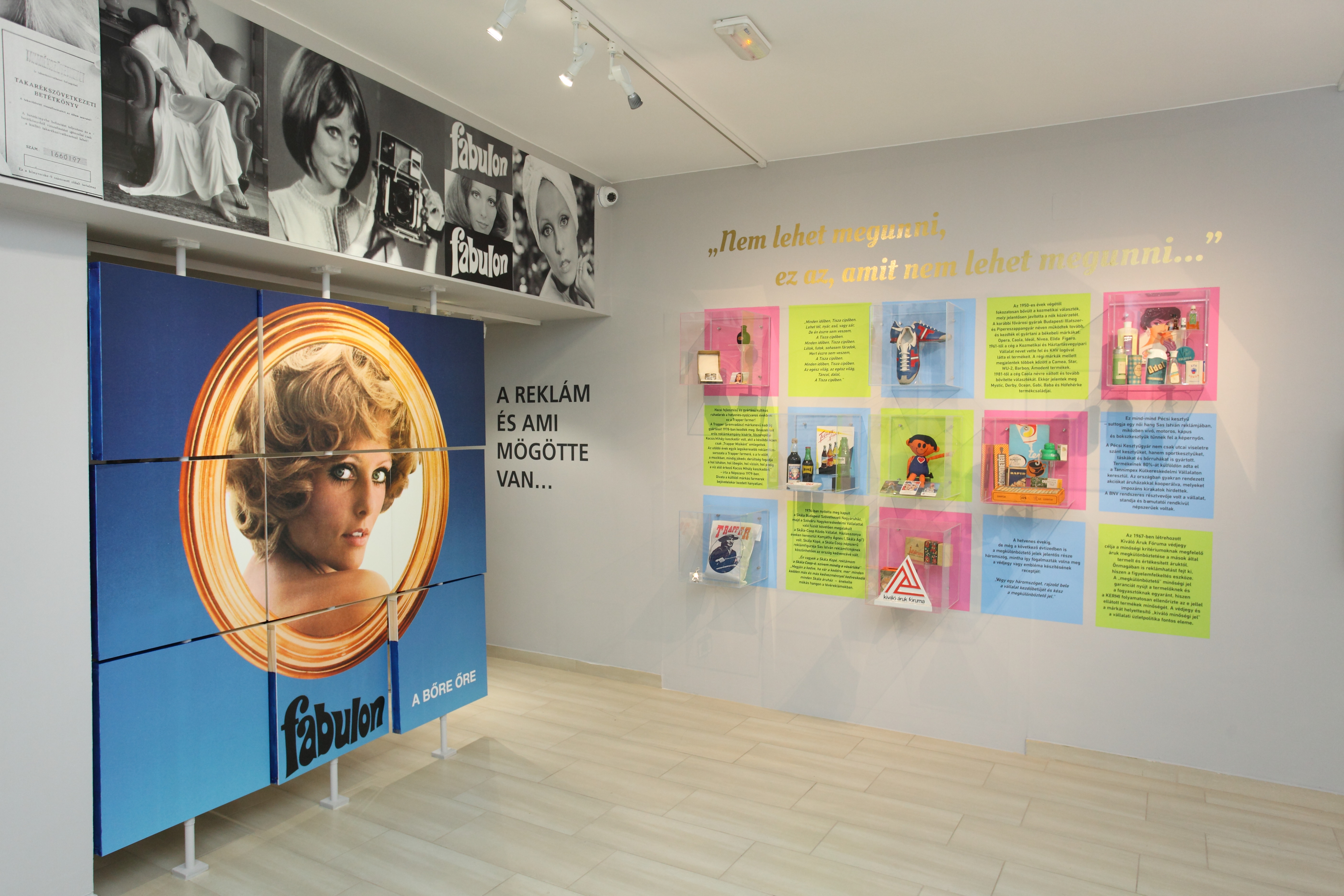Collated by three women, Julianna Kulich, Kinga Veress and Orsolya Velle-Varga, 'Mit vásárolt Jucika?' (‘What Did Jucika Buy?’) shows how the state-run Ministry for Domestic Trade, set up in 1949, created advertising targeting women throughout the Socialist era.
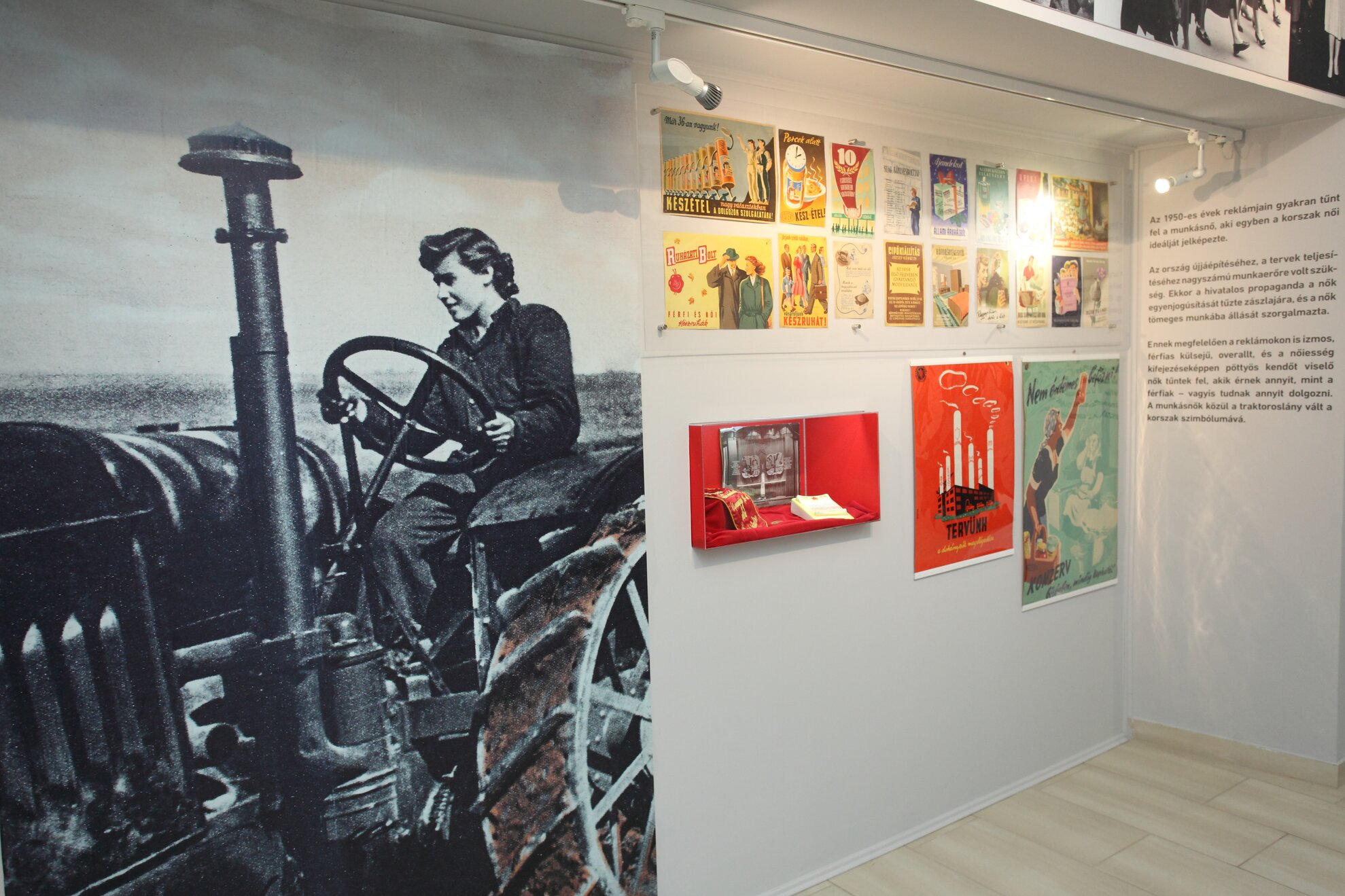
Jucika herself was the creation of cartoonist Pál Pusztai, whose drawings amused the significant readership of satirical weekly Ludas Matyi. Gently ironic without disturbing the status quo, Ludas Matyi often pointed out the foibles of daily life under Communism. Pretty poster girl Jucika was everyone’s aspirational woman, always first with fashion and the latest products.
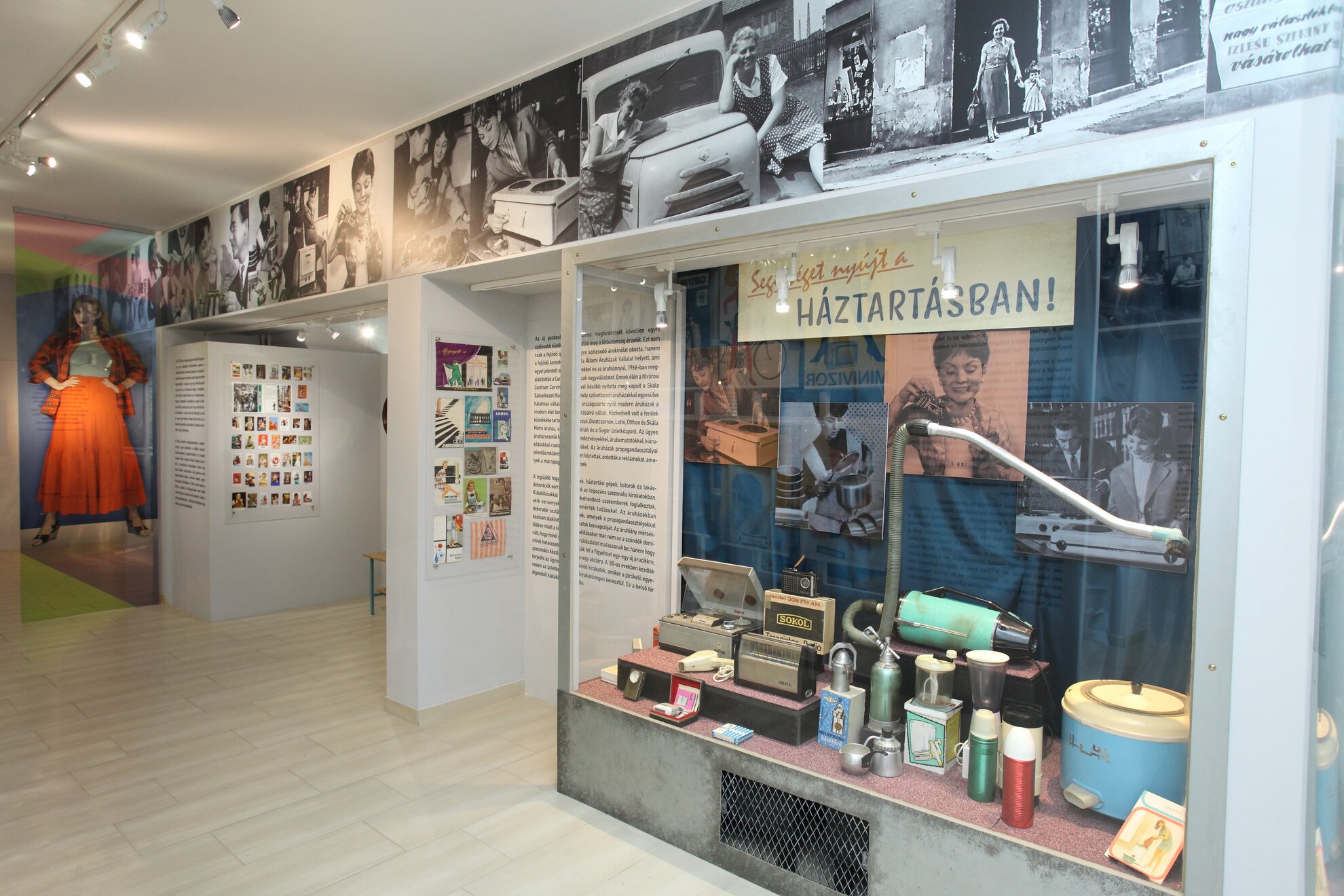
But fashion and products were designed by a centralised machine, whose aim was to keep the populace productive. Women were welcome in the workplace but only at the expense of spending less time in the home. Much of the classic advertising from the 1950s and 1960s (‘Why bother cooking? Buy it in cans!’) appeals to the ideal of a modern housewife, expected to put in an eight-hour day at work before knocking together dinner in a matter of minutes.
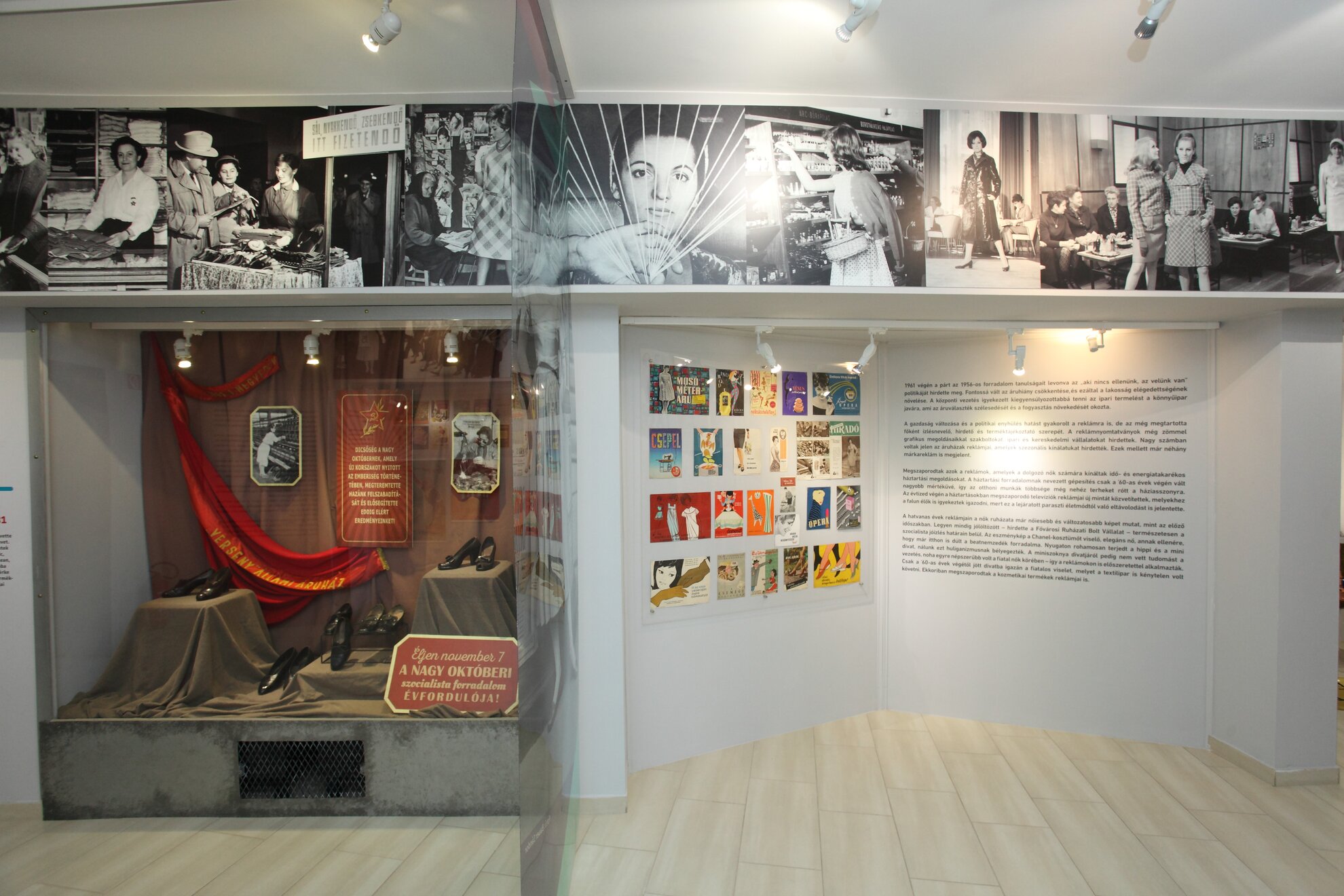
Many of the black-and-white photos running the length of this first-floor exhibition space show the happy Hungarian home of the day, the wife dutifully hoovering while the husband smokes his pipe while casually reading the paper.
Original packets, handbills, packaging and wrappers showcase products whose names have been long forgotten: Vénus perfume, Royal Opera skin cream, Rapid washing powder. The objects themselves, vacuum cleaners, reel-to-reel tape machines, look charmingly dated. The revered novelist of the early 1900s, Gyula Krúdy, lived in this same house until 1933 – while the Budapest he described had long been consigned to history by 1949, only 30 years separate him and the first Hajdu hoover.
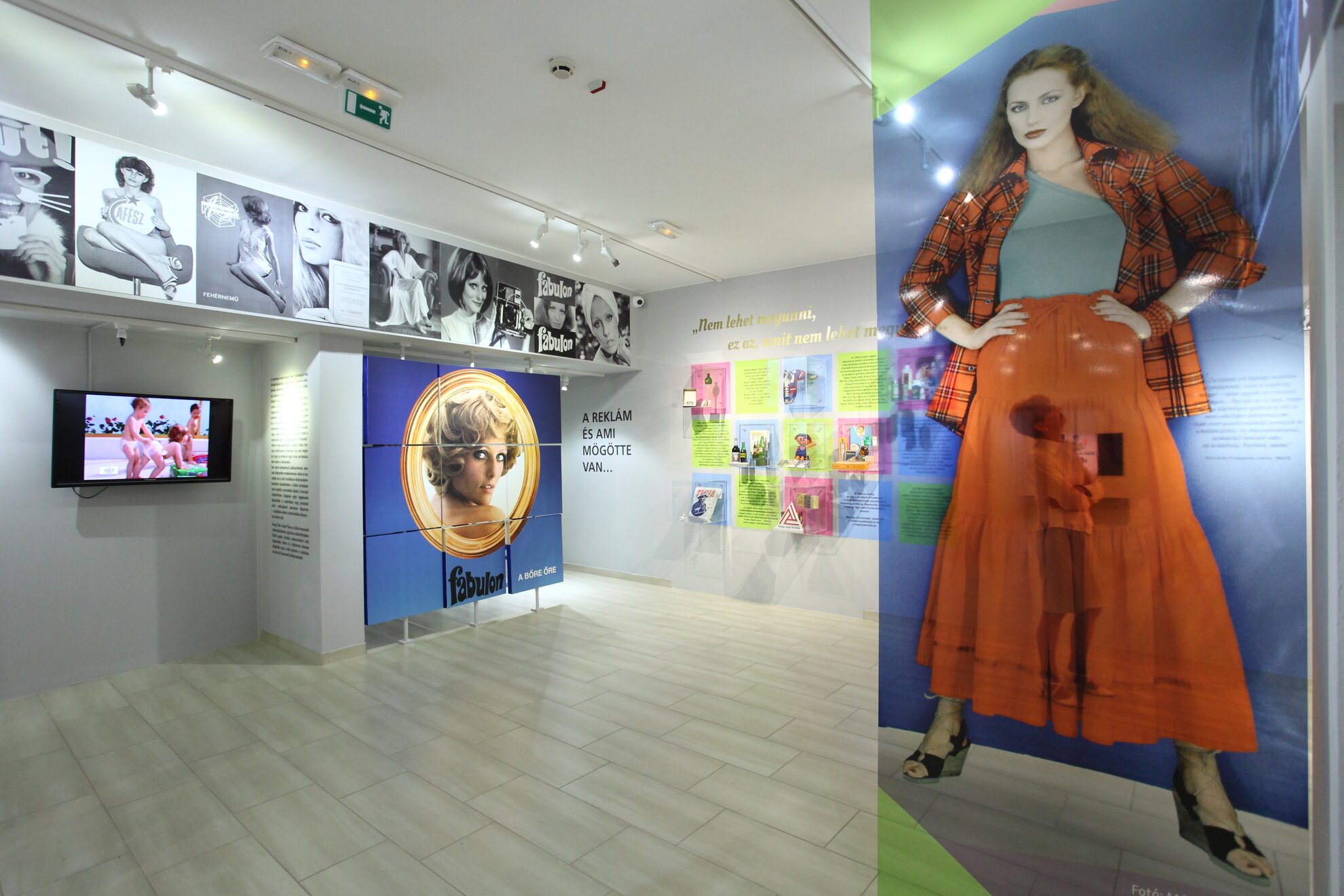
The real change came with the advent of television. The career of director István Sas, who passed away in May 2018, is outlined in detail, his TV commercials screened. Jingles and snatches of dialogue from ads, so much a part of everyone’s childhoods, are also provided.
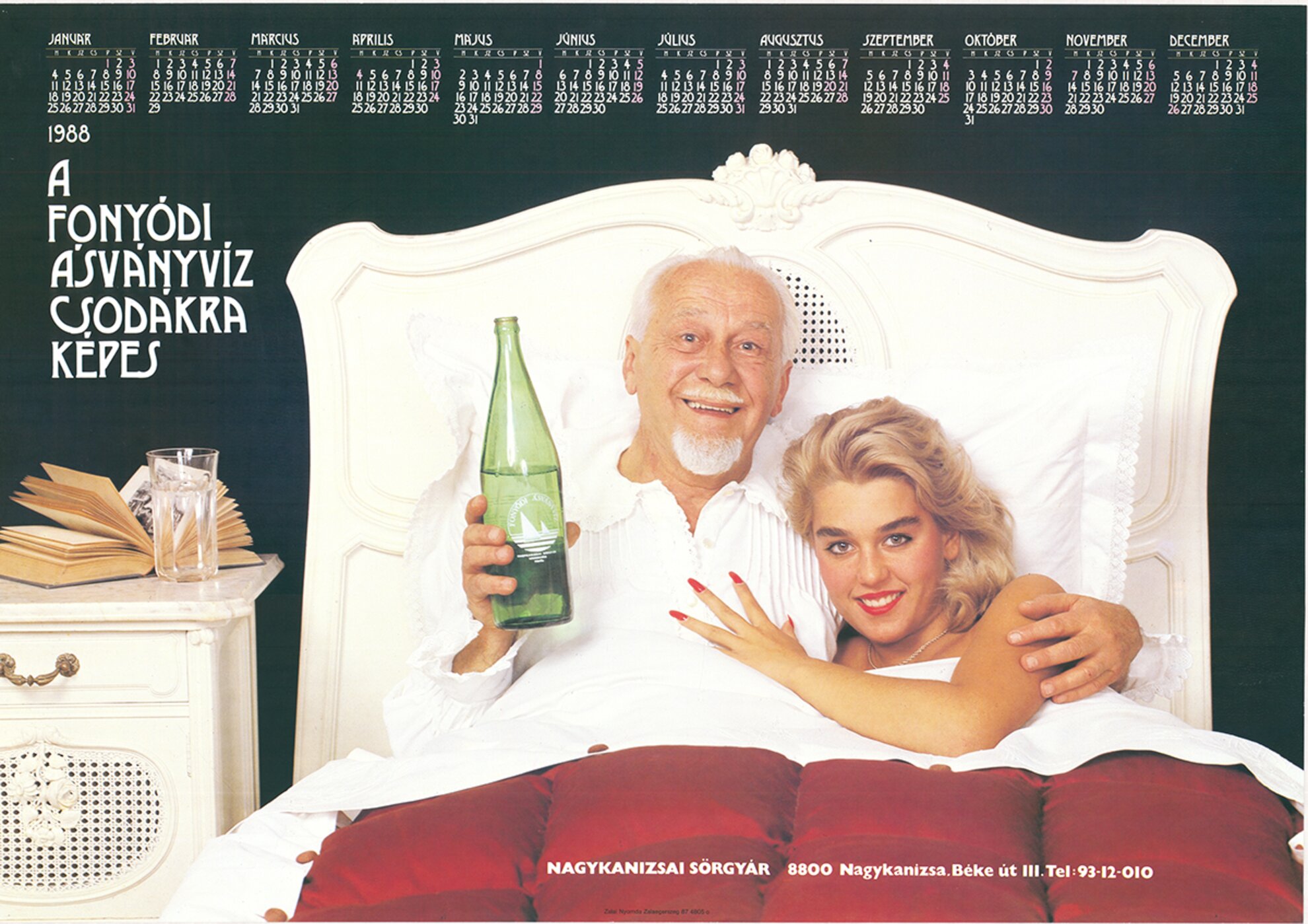
By the 1970s, Hungary saw it necessary to ape the West in order to convince consumers that domestic Trapper jeans and Tisza sports shoes had more value than Levi’s or Adidas, available on the black market. The model for these clothes and accessories was no longer Jucika but a cover girl in skimpy gear who would not have looked out of place in West Germany or the Netherlands.
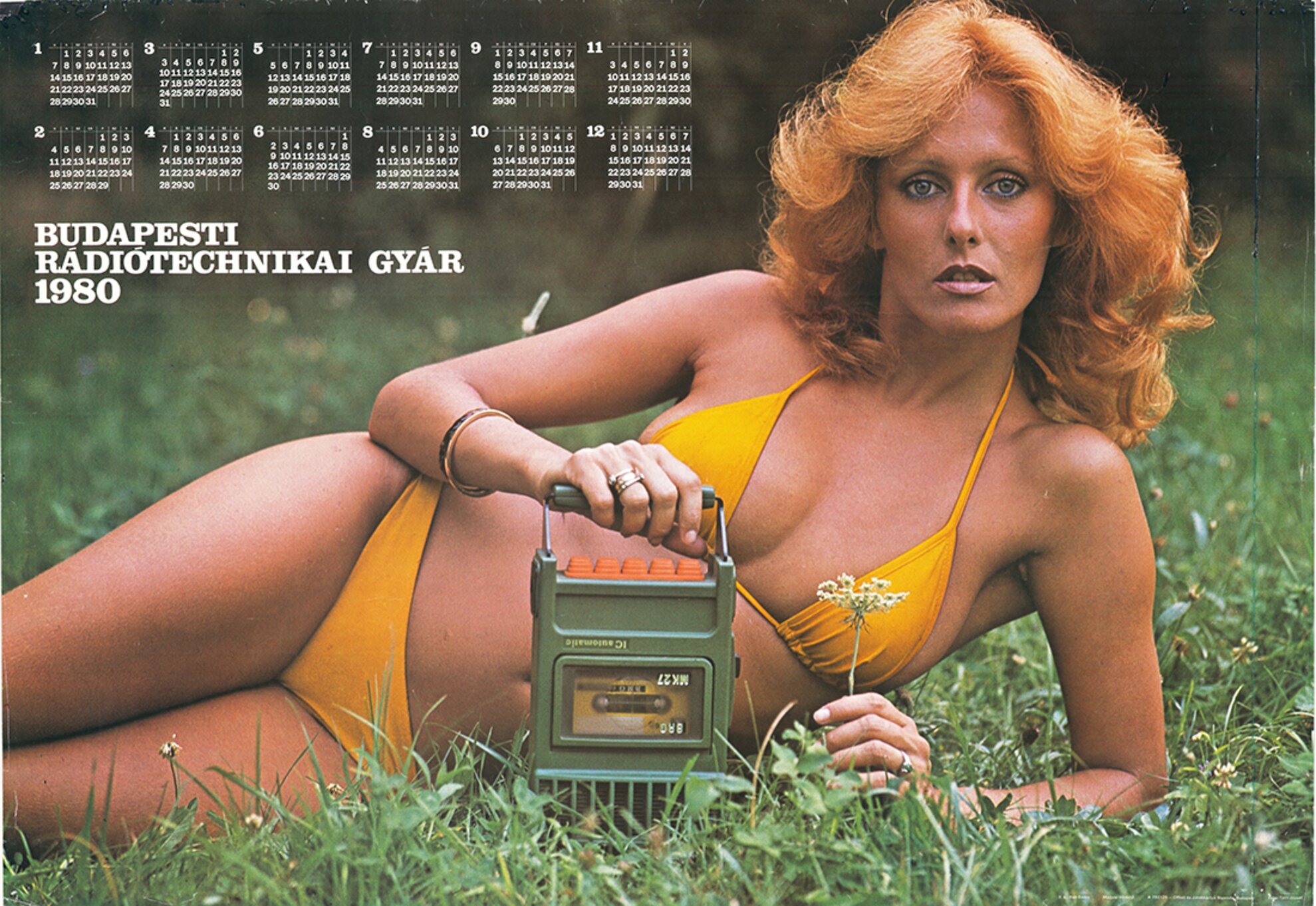
The permanent exhibition at the Museum of Commerce & Catering, tucked away beside the Kéhli Restaurant of Gyula Krúdy legend, also merits investigation, a treasure trove of vintage shop interiors and advertising signs.
'Mit vásárolt Jucika?' (‘What Did Jucika Buy?’) is on show at the Museum of Commerce & Catering, District III. Korona tér 1.
Open: Tue-Sun 10am-6pm. Exhibition runs until Nov 4.
Admission: 1,000 forints. Reductions: 500 forints.
